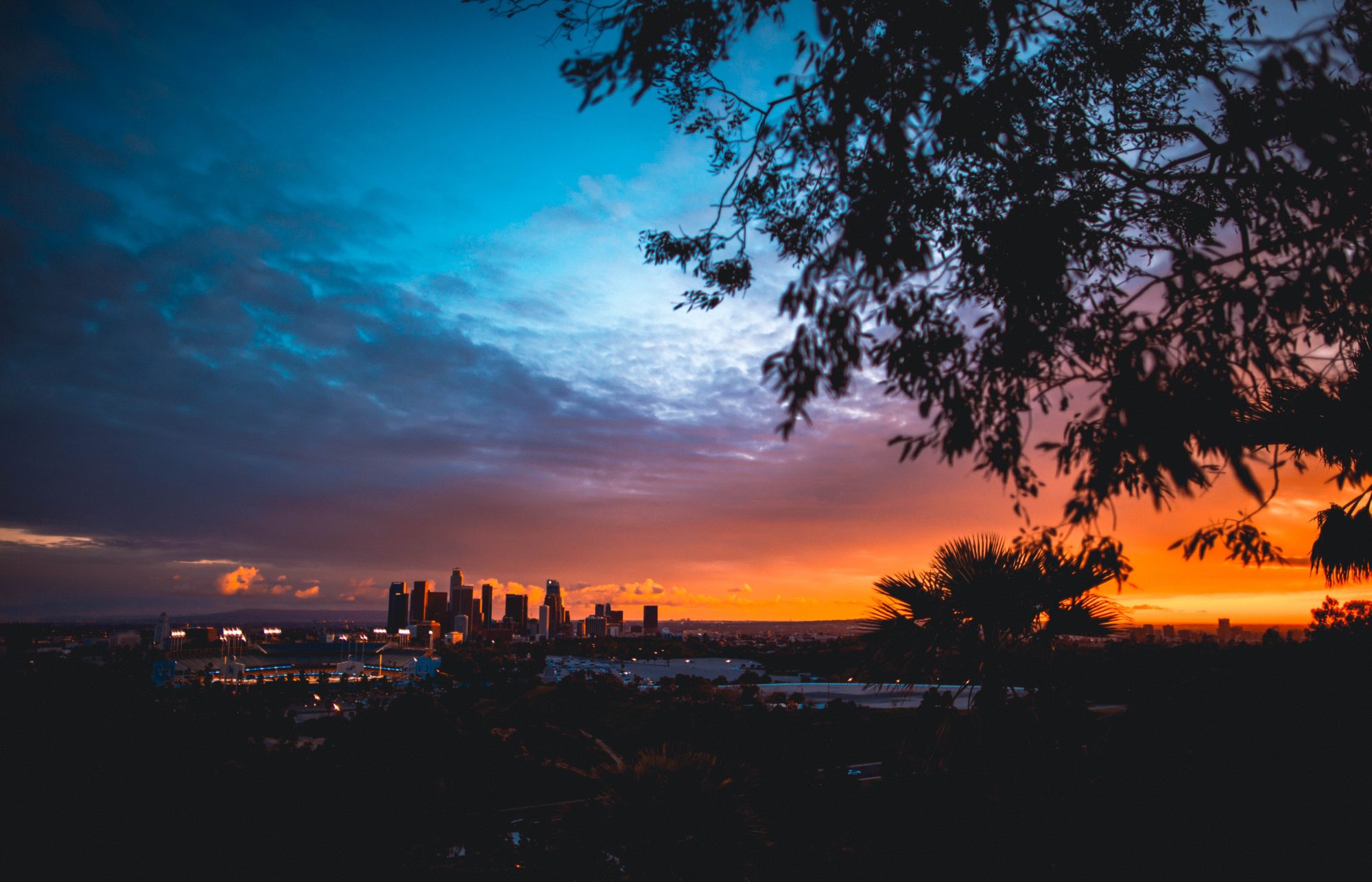Nestled between the rolling waves of the Pacific and the towering peaks of the San Gabriel Mountains, Los Angeles (often affectionately referred to as LA) has always been a land of dreams. From its early beginnings to its evolution into a global megacity, LA’s tapestry is rich with dynamic changes, architectural marvels, and a fusion of diverse cultures. Journey with us through the annals of LA’s history and witness the incredible transformation of this City of Angels.
From Pueblo to Metropolis: The Early Days
The history of modern Los Angeles began in 1781 with 44 settlers, known as “Los Pobladores.” They established a small pueblo named “El Pueblo de Nuestra Señora la Reina de los Ángeles del Río Porciúncula” near the Los Angeles River. This little settlement, built around a communal plaza, set the stage for what would become one of the world’s most influential cities.
Throughout the 19th century, LA’s growth was moderate. But with the completion of the Southern Pacific Railroad in the 1880s, the once-sleepy pueblo was thrust into rapid development. The population swelled, and LA began its journey towards urbanization.
Hollywood’s Golden Era: The Birth of an Entertainment Capital
No discussion of Los Angeles’s evolution is complete without mentioning its transformation into the entertainment capital of the world. In the early 20th century, the fledgling film industry migrated from the East Coast, attracted by LA’s favorable climate and diverse landscapes. By the 1920s, studios like Warner Bros., Paramount, and MGM had set up shop, and Hollywood’s golden age was in full swing. The iconic Hollywood sign, originally reading “HOLLYWOODLAND” as a real estate advertisement, became emblematic of LA’s newfound glamour.
Architectural Evolution: From Mission Revival to Modernism
The architectural landscape of Los Angeles serves as a visual testament to its evolution. The early 20th century saw the rise of Spanish Colonial and Mission Revival styles, reflecting LA’s Spanish-Mexican heritage. Structures like Union Station, with its blend of Spanish Revival, Mission Revival, and Streamline Moderne styles, encapsulate this era.
Post-WWII LA embraced Modernism, giving birth to the famed Mid-century Modern structures. The innovative Case Study Houses and iconic structures like the Theme Building at LAX are embodiments of this shift. Today, LA’s skyline, dotted with contemporary architectural wonders like the Walt Disney Concert Hall, continues to evolve, merging the past and present in steel, glass, and concrete.
Cultural Fusion: LA’s Melting Pot
One of the defining characteristics of Los Angeles’s evolution is its rich cultural tapestry. As the decades rolled on, waves of migration from across the world added to its demographic mosaic. Neighborhoods such as Chinatown, Koreatown, Little Ethiopia, and Boyle Heights highlight LA’s multicultural character.
The late 20th century saw significant movements that shaped LA’s cultural and social landscape. The Chicano Movement of the 1960s, the rise of West Coast hip-hop in the ’80s, and the LGBTQ+ rights movement, with LA’s annual Pride Parade being one of the world’s largest, have all contributed to the city’s ever-evolving identity.
Challenges and Resilience: The LA Spirit
Los Angeles hasn’t grown without facing its share of challenges. The city has weathered natural disasters, from earthquakes like the devastating 1994 Northridge quake to recurring wildfires. Civil unrest, notably the Watts Riots of 1965 and the 1992 LA Riots, highlighted deep-seated social issues.
Yet, with each challenge, the spirit of Los Angeles has shone through. Communities have come together, rebuilding and reimagining a better city. Infrastructure projects, like the ongoing expansion of the LA Metro system, and cultural initiatives, such as the revitalization of the LA River, symbolize the city’s resilience and forward-thinking nature.
The Ever-Evolving City of Angels
From a modest pueblo to a sprawling metropolis, the evolution of Los Angeles is a tale of dreams, determination, and dynamism. Every street corner, building, and mural tells a story, chronicling the city’s journey through the ages.
Today, as you drive down the bustling freeways or stroll along the sun-drenched boulevards of LA, it’s easy to get lost in the city’s modern allure. But scratch beneath the surface, and you’ll discover layers of history, culture, and innovation that have shaped this global city.
Indeed, the story of Los Angeles is not just about how much it has changed but about its unwavering spirit that propels it into the future, ensuring that LA will continue to evolve, inspire, and mesmerize for decades to come. — Steven Taylor, Los Angeles
Originally published at https://medium.com.

